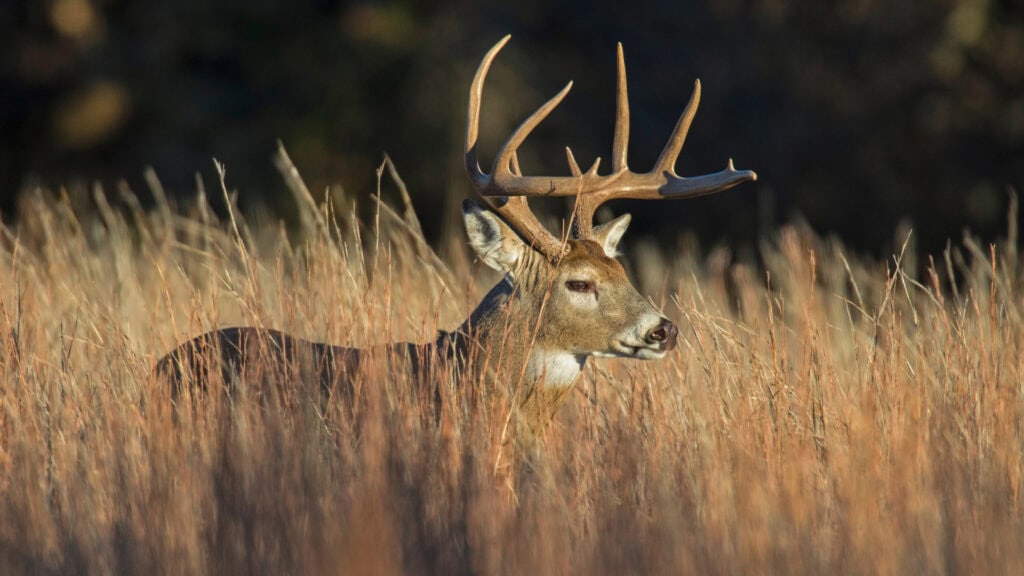Wildfire and Grazing

The Role of Grazing in Wildfire Mitigation As wildfires continue to be a major concern in Washington State and the Pacific Northwest, landowners, farmers, and ranchers are exploring various strategies to mitigate their risks. One such strategy is the use of grazing as a tool for fuel load reduction and wildfire mitigation. This article explores […]
What to Expect from an NRCS Site Visit

Understanding your land’s potential is key to maximizing productivity and sustainability. In Washington State and the Pacific Northwest, many farmers, ranchers, and rural land buyers turn to the Natural Resources Conservation Service (NRCS) for guidance. The NRCS, a branch of the U.S. Department of Agriculture (USDA), provides technical assistance to help landowners manage their natural […]
Managing Floodplain Farmland: Risks and Opportunities

Managing Floodplain Farmland: Risks and Opportunities Washington State, with its diverse climate and topography, presents a variety of opportunities and challenges for agricultural land management. One such challenge lies in managing floodplain farmland, a task that comes with its unique risks and rewards. This article will delve into the intricacies of floodplain farming in the […]
Climate Change and Agriculture: What Eastern Washington Farmers Are Facing

Climate change continues to pose significant challenges to the agricultural sector, particularly for farmers in Eastern Washington. This article aims to shed light on the specific issues farmers in this region are facing due to climate change, and what measures are being taken to mitigate these impacts. Whether you are a farmer, rancher, or rural […]
Best Practices for Irrigation Efficiency in a Drought Year

Water is a critical resource for agriculture, and its efficient management is essential, especially in a drought year. An efficient irrigation system can help maximize crop yield, conserve water, and save on operating costs. This article focuses on best practices for irrigation efficiency for farmers, ranchers, and rural land buyers in Washington State and the […]
Starting ’em Young; 4-H

The Roots and Purpose of the 4-H Program The 4-H program, one of the most well-known youth development organizations in the United States, traces its roots back to the early 20th century. It began as a way to introduce new agricultural techniques to young people in rural areas. Initially called “Boys’ and Girls’ Clubs,” 4-H […]
How Hunting Stops the Spread of Disease

Hunting: A Vital Wildlife Management Tool to Prevent Disease Spread Hunting is not just a recreational activity; it plays an essential role in managing wildlife populations and preventing the spread of debilitating diseases like Chronic Wasting Disease (CWD) and bluetongue. As wildlife populations grow, the risks of disease outbreaks increase, and hunting offers a practical […]
Rotational Grazing and Wildlife Management

Rotational grazing is a livestock management practice that can significantly benefit wildlife management. This method involves moving livestock between different pastures or grazing areas on a planned schedule to prevent overgrazing and allow vegetation recovery. The value of rotational grazing in wildlife management is multifaceted, contributing to ecological balance, biodiversity, and habitat improvement. One primary […]